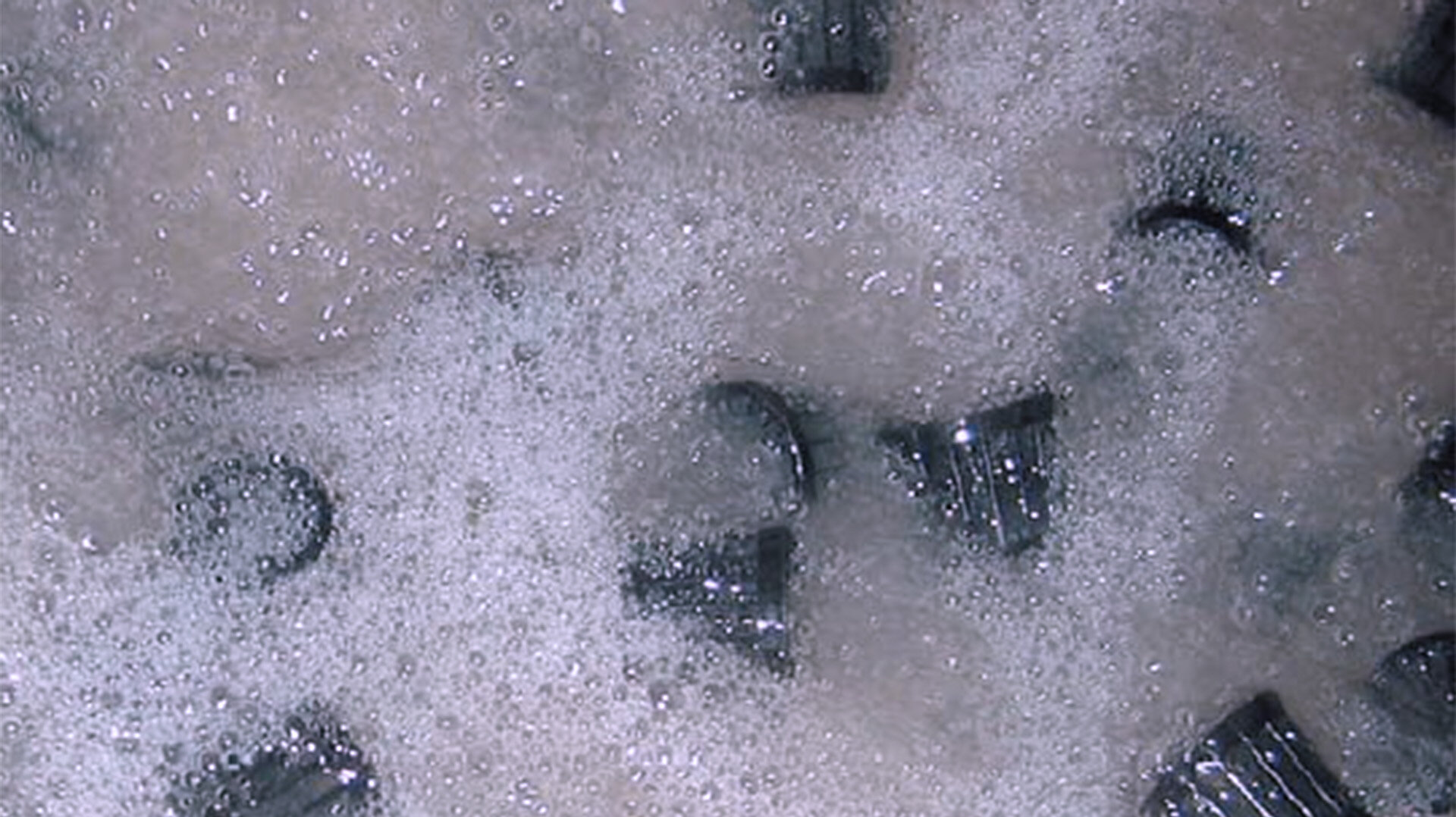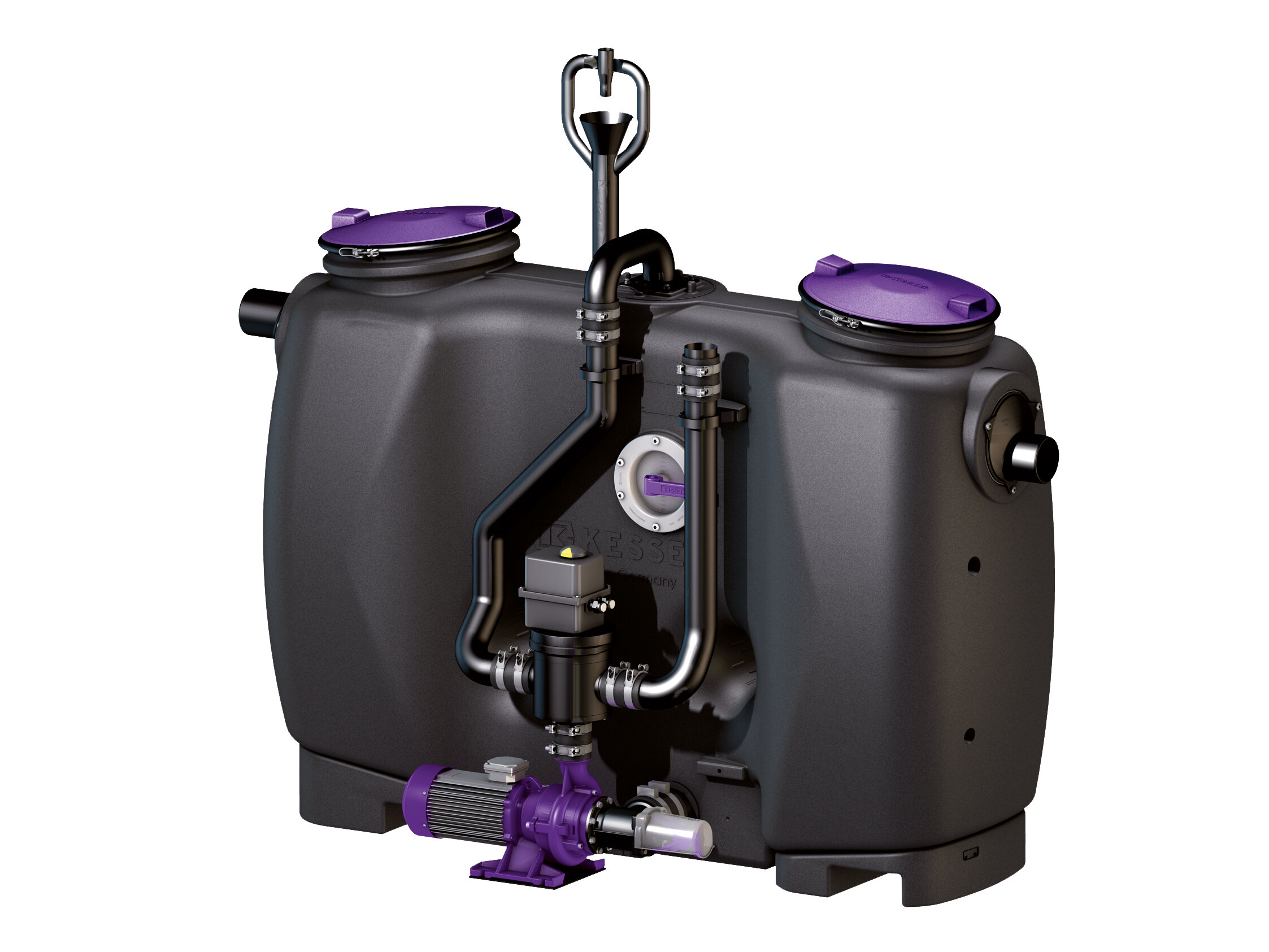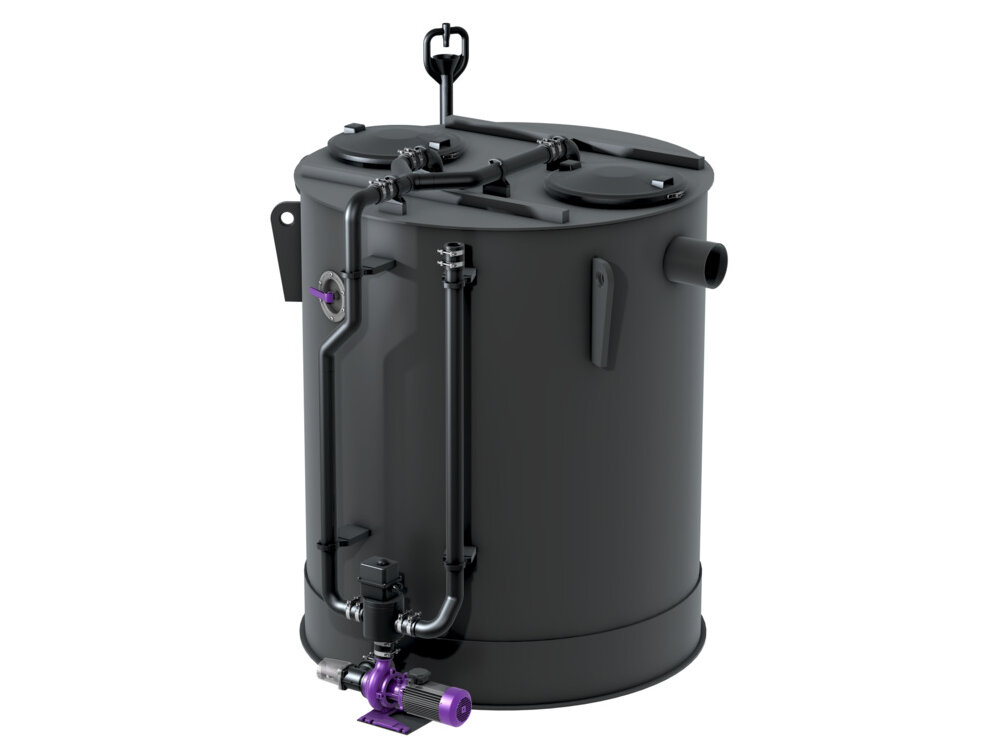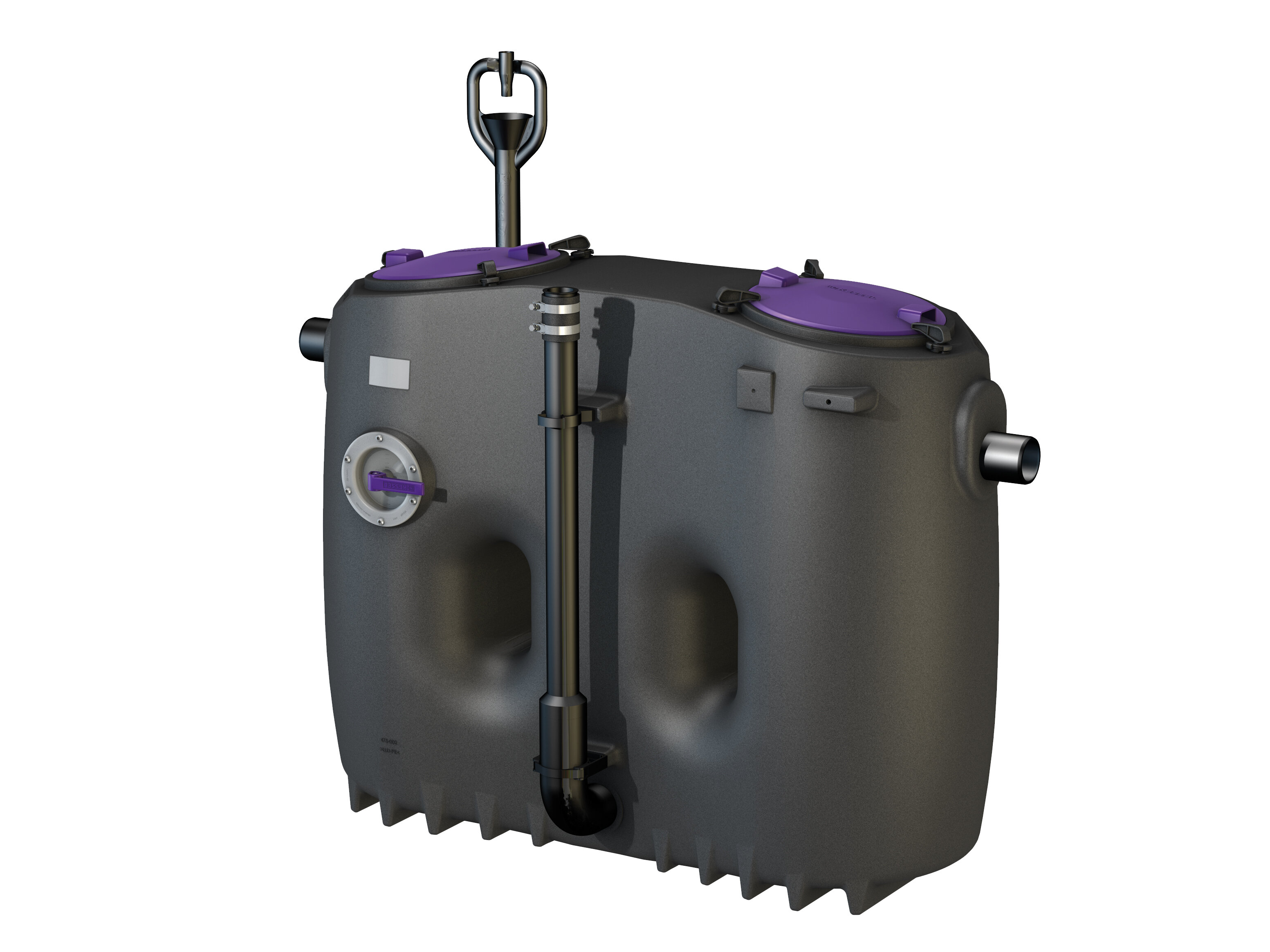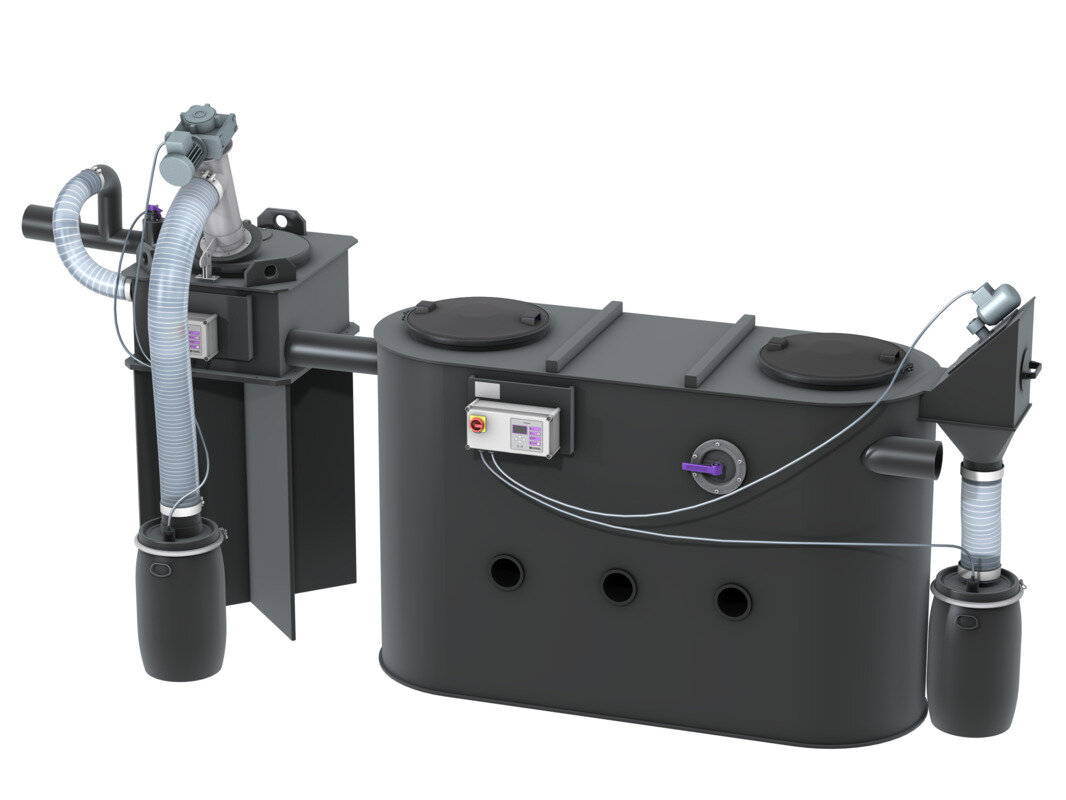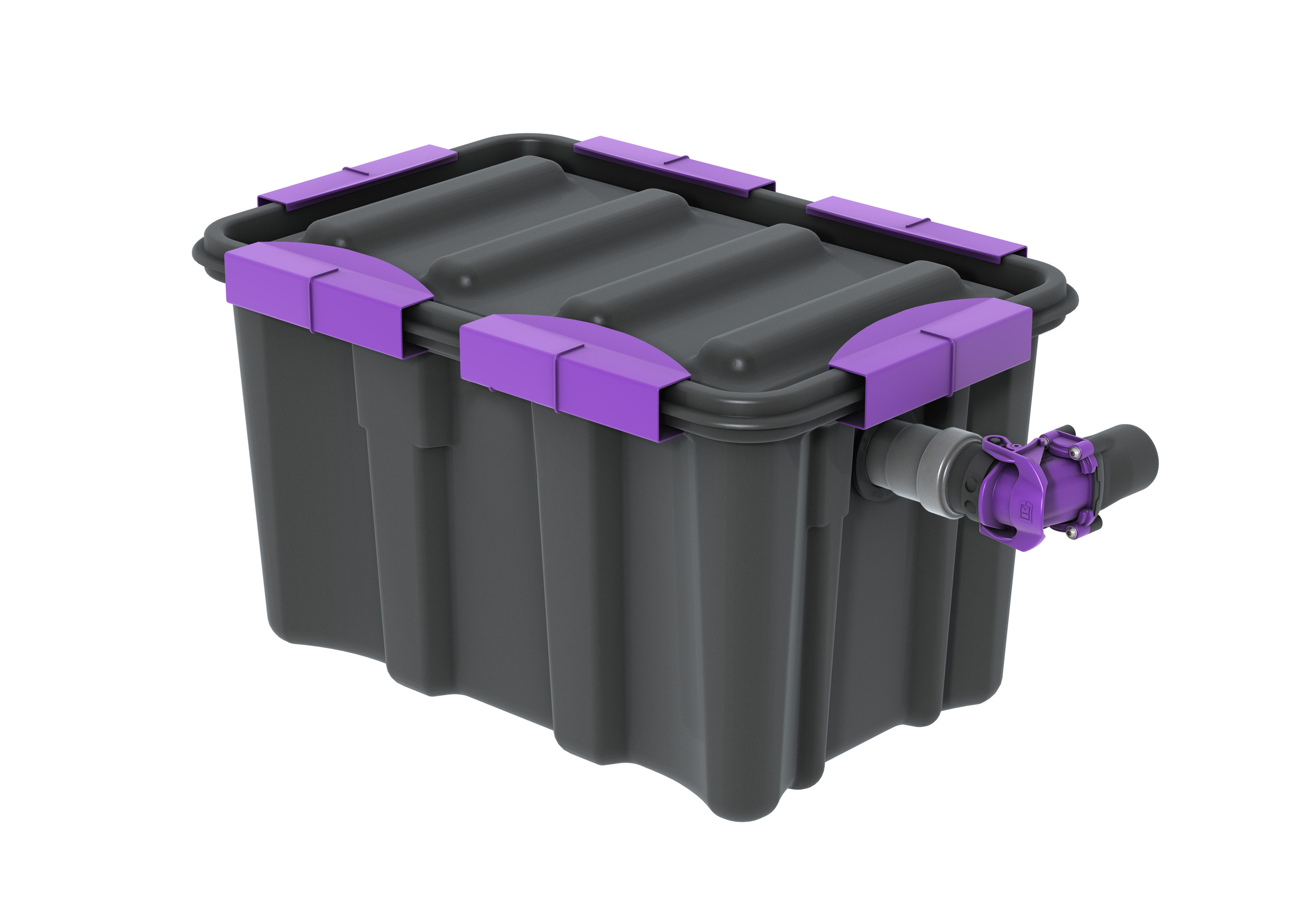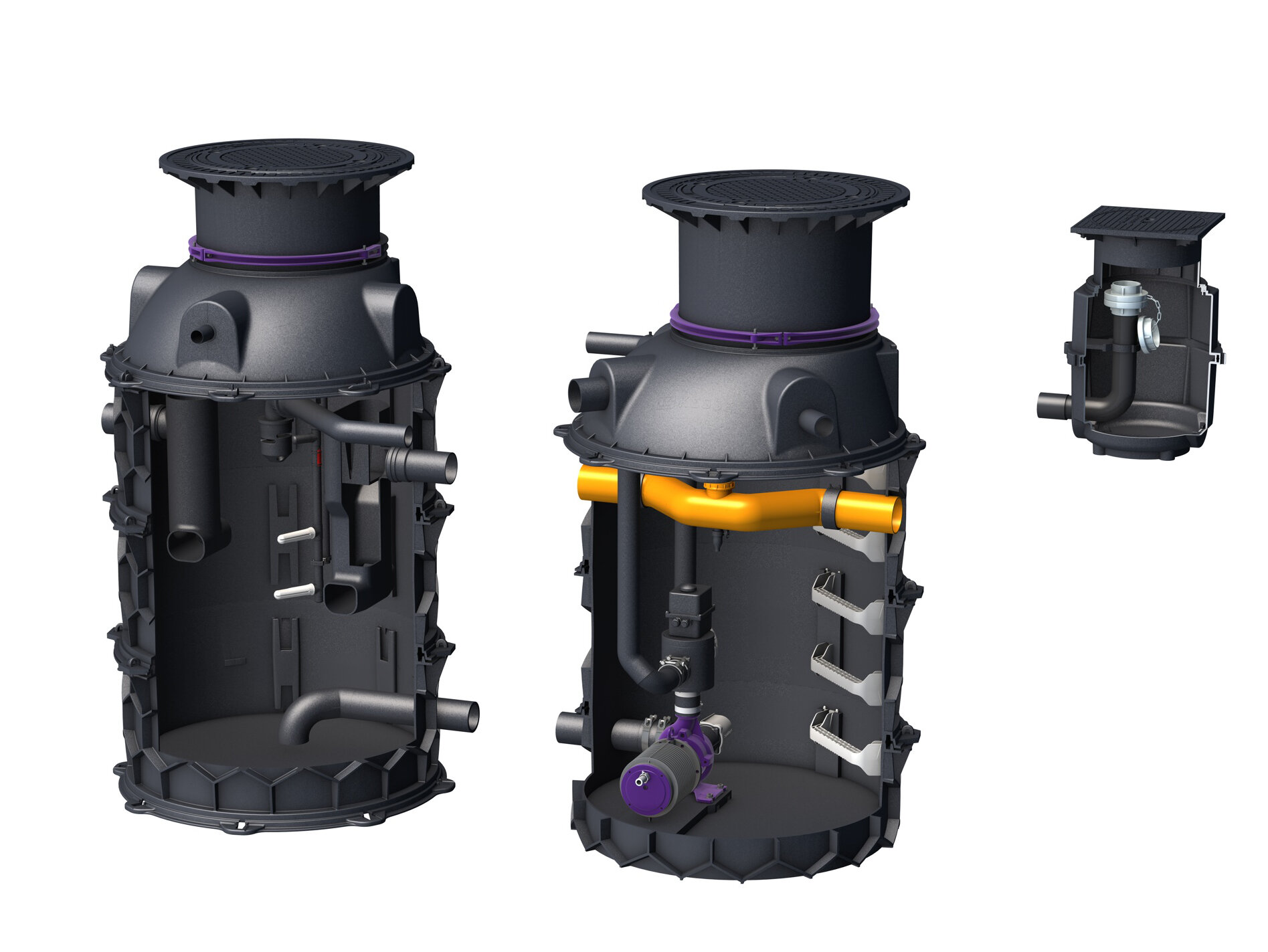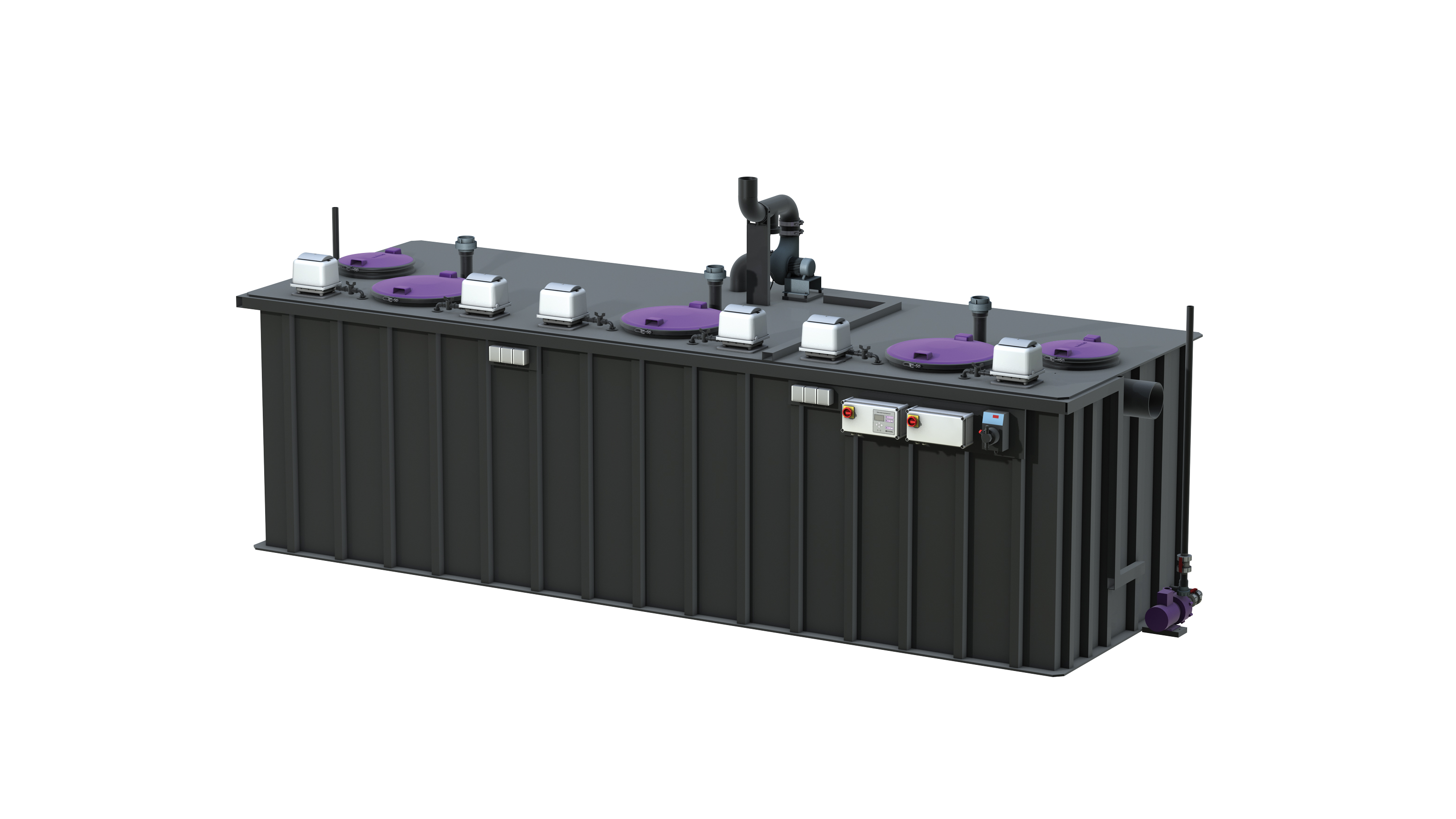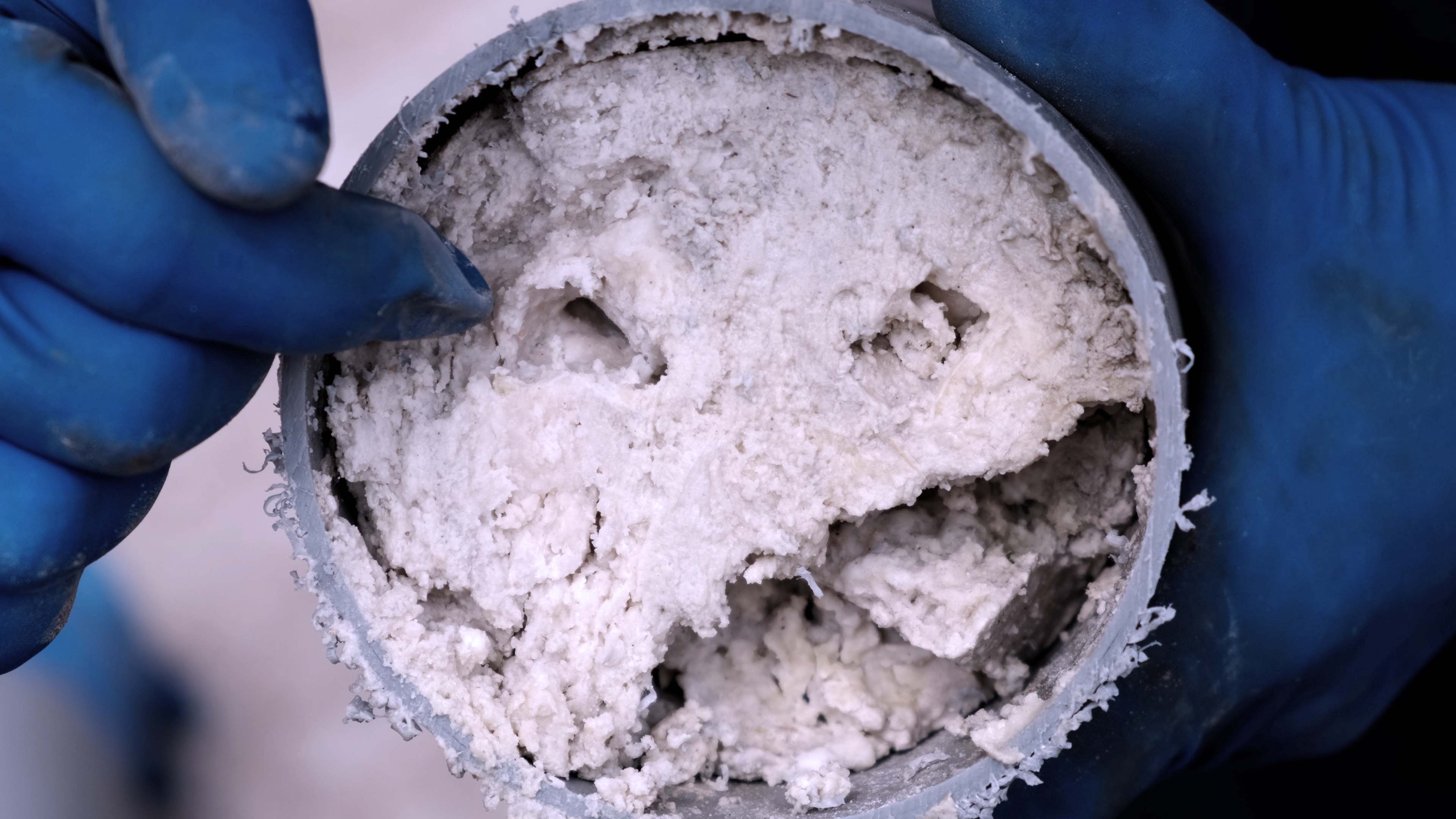
Why are grease separators required?
According to the regulations, you must use a grease separator if you operate a catering, food processing or similar business in which greasy wastewater is produced. If you do not separate your wastewater, stubborn, foul-smelling deposits form in the drainage system, which are extremely difficult to remove. In this case, in addition to having to pay a fine you can also expect expensive damage due to pipe blockage, corrosion and malfunctioning of wastewater treatment plants and lifting stations.

When do you need a grease separator?
Grease separators to EN 1825 or DIN 4040 are specified as a requirement to prevent these sometimes dire consequences. Grease separators must always be used if vegetable and animal grease and oil in the wastewater have to be retained. This applies to commercial and industrial businesses, e.g. to:
- Kitchen operations and large-scale catering establishments, e.g. restaurants and hotels
- Motorway service stations, canteens
- Butcher's with and without an abattoir facility
- Slaughterhouses
- Glue factories
- Soap and stearin factories
- Oil mills
- Cooking oil refineries
- Canning factories

What nominal size do I need?
Which nominal size of grease separator is the right one for you depends on many different factors. In addition to the wastewater produced, many other difficulty factors must also be taken into consideration. Our SmartSelect design tool for grease separators helps you to find the right product: You are first guided through individual questions, at the end of which the calculation is performed fully automatically. In this way, you find the best solution in no time.
Calming
The contaminated wastewater is routed into the grease separator where it is slowed down by a deflector plate.
Sludge layer
In slow-flow tanks, substances that are heavier than water sink to the bottom and settle in the sludge trap.
Grease layer
Grease and oil rise to the top and form a grease layer that is retained between the inlet and outlet.
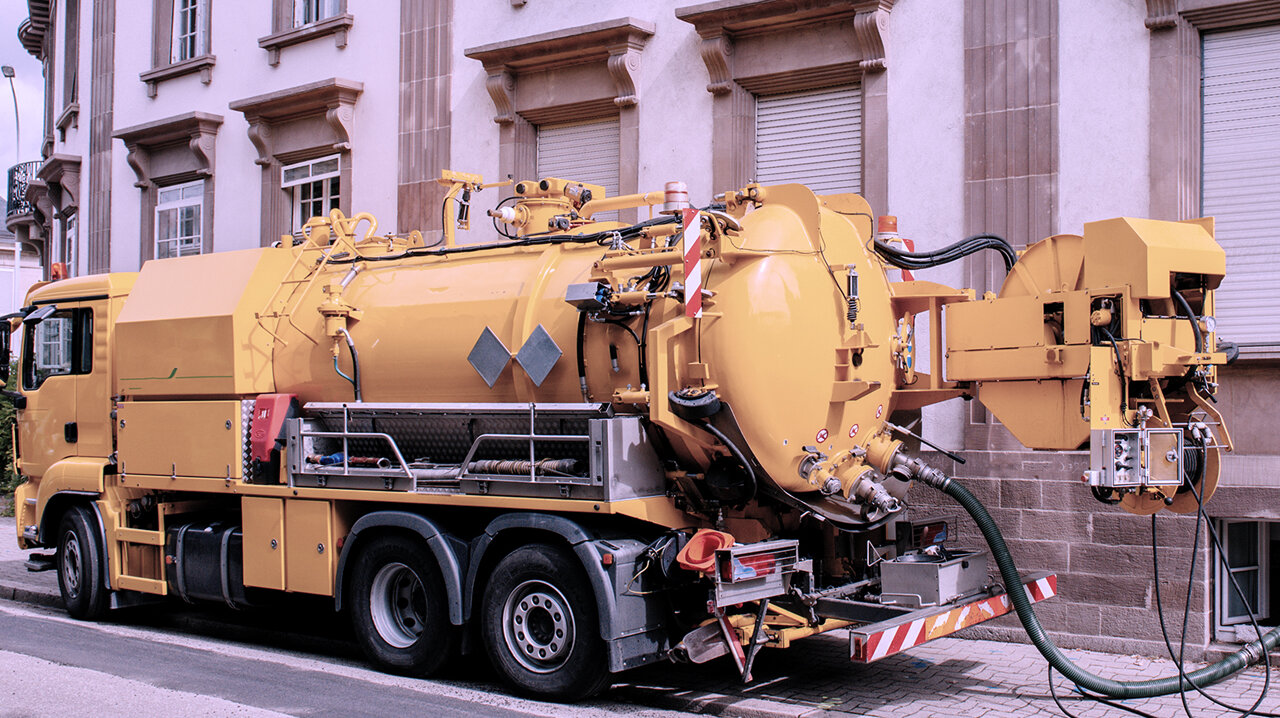
Disposal variants - from conventional to convenient.
Grease separators must be completely emptied on a regular basis to dispose of the retained waste materials. To this end, we offer our grease separator models with different disposal variants. The options range from the normal opening of the tank to a fully-automatic disposal system.
Disposal variants | Auto Mix & Pump | Mix & Pump | Auto Mix | Mix | Direct | Standard |
|---|---|---|---|---|---|---|
| Direct disposal The wastewater is disposed of via the direct disposal pipe – there is no need for unhygienic hoses to be pulled through the building. | ||||||
| No odour emissions The shredder-mix system ensures odourless disposal and cleaning. | ||||||
| Central control The shredder-mix system and refill inlet can be controlled via the control unit. | ||||||
| Disposal pump For installation situations in which the disposal vehicle can no longer extract the wastewater. | ||||||
| Fully automatic The disposal and rinsing take place fully automatically and program-controlled. |

EN 1825-2 specifies: “Unless otherwise specified, (sludge traps and) separators should be empties and, cleaned and refilled with clean water at least once a month and, preferably, every two weeks.” Similarly, DIN 4040-100 specifies that the sludge trap and separator must be emptied at least once a month. However, experience shows that longer disposal cycles are often sufficient to empty grease separators so that the storage capacity of the sludge trap and the separator are not exceeded. The thickness of the grease layer is ultimately the deciding factor.
The SonicControl automatic layer thickness measuring device with ultrasound sensor precisely monitors the temperature and thickness of the grease layer in grease separators. Owners/operating companies can
verify the actual quantity of grease produced to the relevant authorities and optimise the necessary disposal cycles outside of standard requirements.
Which type is the right one for you?
The grease separator is to be installed as a exposed installation? A case for “free”. Is underground installation planned? Then “ground” is your keyword. Whether limited space, difficult access to the room, retrofit installation or other decisive factors: Our different types are the answer to your individual spatial situation.

